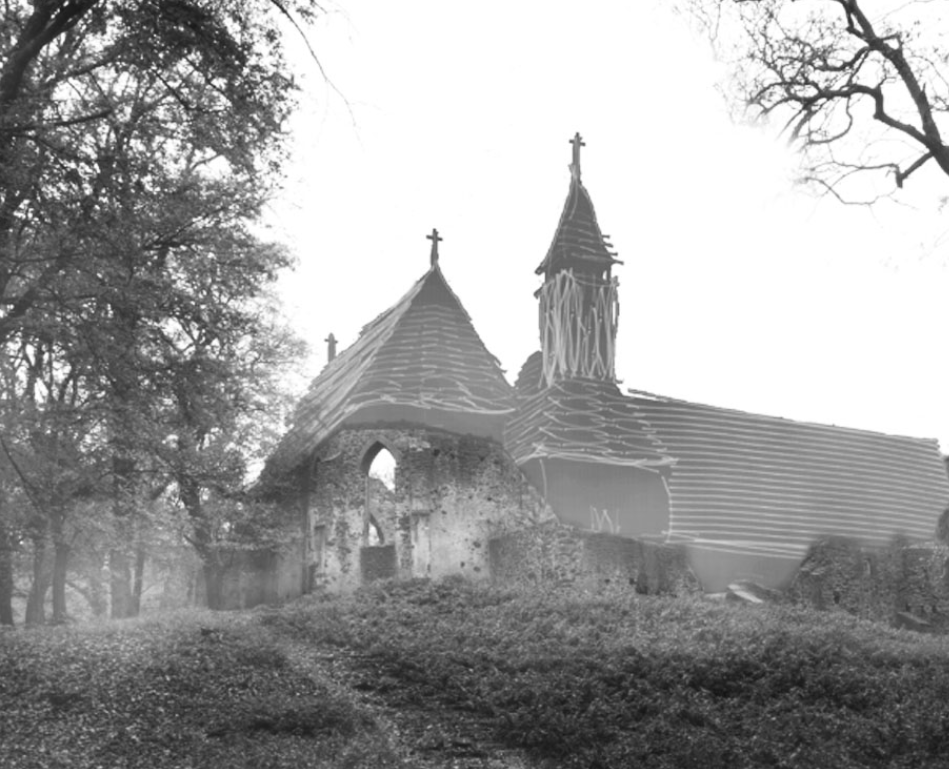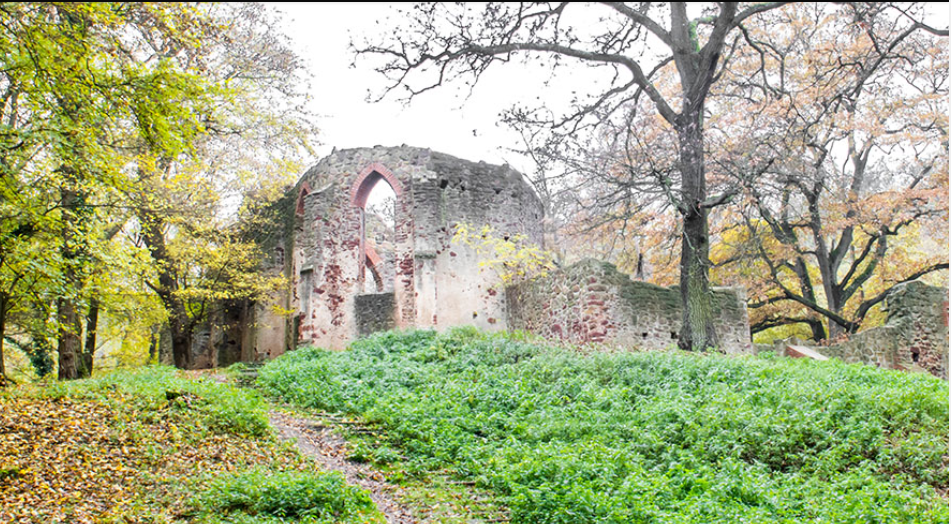Research & Studies


For a long time, only the sounds of the forest surrounded it, but after more than 500 years, Gregorian chants also fill the ruins of the Pauline monastery in Salföld. And now, in connection with the January events of UNESCO’s “Voice Week”, anyone can listen in, from anywhere in the world.
It took just a few months, two research teachers and a handful of college students to bring to life in early 2021 the sound legacy of the only home-founded monastic order on a website. The idea started from the Music Workshop of the Institute of Advanced Studies Kőszeg (FTI-iASK), where music is the most active art field of creative rural development under the auspices of the “Sounding City” project.
With the intention of a longer-term collaboration, the Moholy-Nagy University of Arts (MOME) organized an educational program to launch this, and the first result of the joint work is a website that shows not only in pictures what it looks like now and what the XIV-XV. century, the Pauline monastery in Salföld, but also reconstructed and presented its former and present tones. Gregorian chants of the same age as the monastery can be listened to on the website on recordings evoking the acoustics of today’s nature and the former church, a sound art composition was made on the architectural proportions of the church, but the designers also visitor; the sounds of the native animals of the Káli Basin were selected from the unique, self-collected sound archive of animal sound researcher Dr. Mihály Ország.
“We want visitors to the site to be visitors to the ruins soon. We will show what the sounds of life centuries ago might have been like, but we would be really happy if we encouraged as many people as possible to visit Salföld in person, said music researcher Csaba Hajnóczy, the MOMÉ host of the project, who also revealed that this was only for the beginning.
“With this launch, we have two goals: in the future, we will develop a tourism app and website so that anyone can learn about the sound and sound heritage of the venues presented remotely. At the same time, based on this, we would like to organize real-live programs at the ruins in the form of sound-hunting trips and music-art festivals related to the Pauline heritage, ”added Zoltán Mizsei researcher of FTI-iASK and a professor of church music at the Academy of Music.
The monastery ruin is located in the Balaton Highlands, half an hour’s walk from the border of the village of Salföld, but now it can be visited with a single click: salfold.mome.hu
